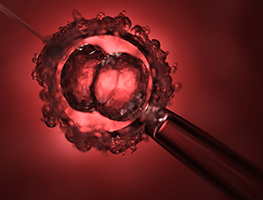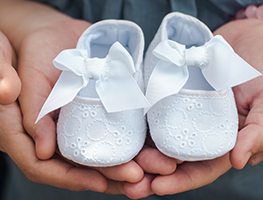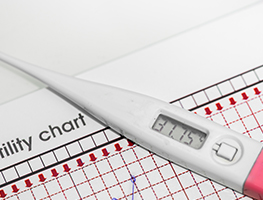Alternatively, a fresh sample is collected just before the insemination process. Understandably, some men feel under too much pressure to perform and produce the semen required. This is why using semen that has been frozen is a practical alternative. It also allows for couples to be together when the eggs are collected, if this is an option offered at the particular fertility clinic.
The semen needs to be prepared and washed to remove any impurities, which may interfere with fertilisation. The sperm are then temporarily stored in a culture medium until they are mixed with the eggs, which have already been collected. They are then carefully placed into a special incubator to work their magic with each other.
Around 18-24 hours after the eggs and sperm have been combined they are examined to see if fertilisation has occurred. A specialist scientist, known as an embryologist, will look to see if there are two clear areas inside the egg. One will be the nucleus of the egg from the mother and the other will be the nucleus from the sperm of the father. This is the point where the genes from each parent combine and is known as “pro nuclei development”.
The general time frame is around two days after fertilisation occurring, for the embryo or embryos to be transferred into the woman’s womb or into one of her fallopian tubes. Then it is a matter of waiting and seeing until a pregnancy test indicates if the embryo has implanted. This can be a very long two-week wait with couples anxiously biding their time hoping for a positive result.
Intra-cytoplasmic sperm injection
This is a highly specialised procedure and is done in cases of male infertility, when the numbers and quality of sperm are not ideal. A single sperm is injected directly into an egg with a glass pipette, which is so fine that the end is too small to see. With the aid of a microscope, the scientist inserts the end of the pipette straight into the cytoplasm of the egg.
Because it is such delicate work, the table, microscope and the equipment all need to be specially stabilised to prevent any movement from hindering the process. It is also important that the nucleus of the sperm and egg are not damaged and only a single, ideal sperm is injected. If it has been successful, the cells will start to divide within the next 24 hours.
Embryo storage
Freeze storage of embryos is done when there is an excess and they may be needed for future cycles. Transferring thawed embryos that have been frozen is, again, a complex process and not all embryos will survive the thawing process. Only those that are assessed to be in good condition and will offer the best chance of a pregnancy are transferred. Fertility clinics generally charge a fee to store embryos.
The success of thawing and transferring the embryo depends on a number of factors. The age of the woman when the eggs were originally collected is important, as is the reason why there were infertility issues in the first place. So are the quality of the eggs and their stage of development when they were originally frozen. The number of frozen embryos will also play a part in the success of how well they stand up to being thawed and then be successfully transferred.
Identification
At every stage of the IVF process, clinics have to be extremely careful about matching sperm and eggs with the correct individuals. Systems of checking, cross-checking and checking again are routine and couples are often asked to identify their names on collection tubes and laboratory equipment. These processes are necessary to ensure that there are no mistakes made that could inadvertently result in a pregnancy which is not genetically matched.
Pregnancy Rates
Pregnancy rates vary from clinic to clinic. They usually include success rates on their internet sites and in the written material they give to couples when doing preliminary research into fertility.















